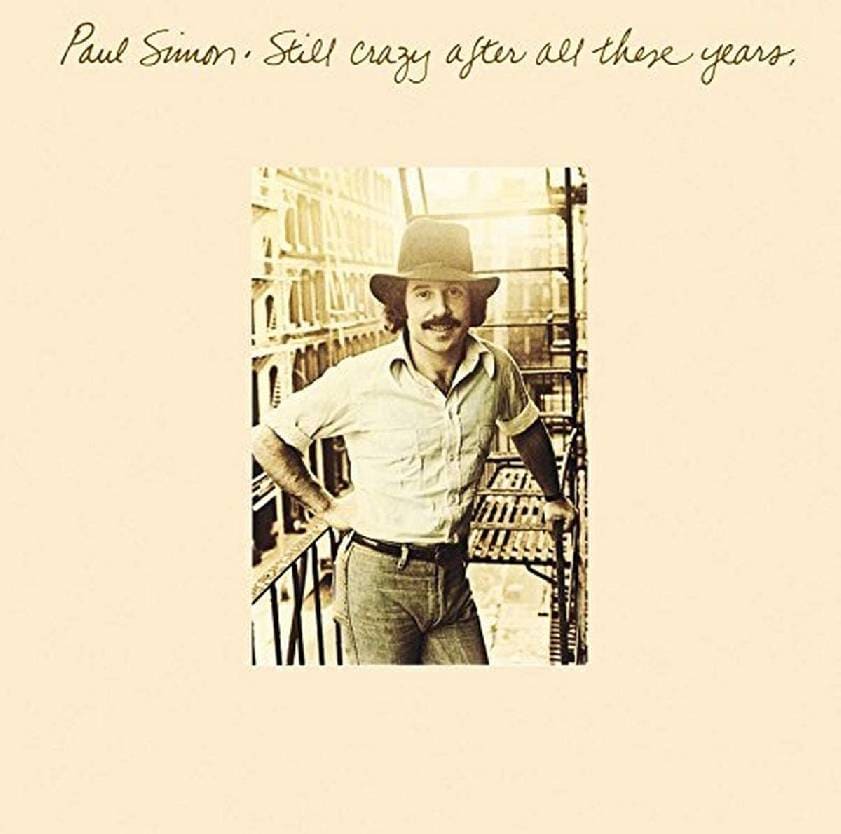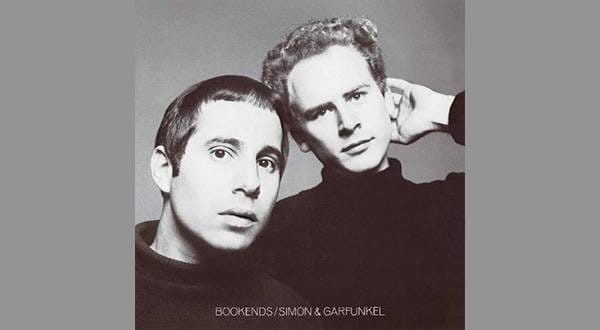Simon & Garfunkel: From a Hugely Successful Album to Solo Careers - Part V
The miraculous duo, Simon & Garfunkel, came to an end after their final album, Bridge Over Troubled Water. Differences in their musical perspectives, combined with Art Garfunkel’s inclination toward acting, led them to close the chapter on Simon & Garfunkel despite their overwhelming success.
For many musicians, the aftermath of massive success is not always glorious, and in a way, the dissolution of their duo might have been the right decision. Listeners expect an album that surpasses a masterpiece, but history shows that very few musicians have been able to achieve that feat. Most musicians are not fully aware of their position at the peak of their success, often assuming that they can always create another hit album. On the other hand, some are crushed by the burden of their own fame. Whether a certain album represents the pinnacle of a musician’s career can only be determined by the passage of time, making time itself a harsh reality.
Albums like Hotel California (Eagles), All ‘N All (Earth, Wind & Fire), Heavy Weather (Weather Report), The Dark Side of the Moon (Pink Floyd), Close to the Edge (Yes), Minute by Minute (The Doobie Brothers), Thriller (Michael Jackson), and Aja (Steely Dan) may not have been recognized as career-defining at the time of their release, but history has proven them to be so (Personally, I tend to prefer the album that comes right before a band’s peak release).
Simon & Garfunkel were no exception. Within the trajectory of their careers, Bridge Over Troubled Water stood as their No. 1 achievement, and even if they had continued to release albums together, it is questionable whether they could have ever surpassed it. Naturally, the path they chose was to pursue solo careers.
■ Recommended Album: Paul Simon - Paul Simon (1972)

Two years after the dissolution of Simon & Garfunkel, Paul Simon released his first solo album in 1972.
Following the massive success of Bridge Over Troubled Water, Simon traveled to Jamaica and other regions in search of new musical influences. This mirrors his earlier incorporation of South American sounds in “El Cóndor Pasa (If I Could)”. Simon has an exceptional ability to integrate different musical elements into his work. His mind is like a palette filled with diverse musical colors—Jamaican, Peruvian, New Orleans influences—ready to be woven into his music. More impressively, Simon doesn’t just borrow sounds; he absorbs them and transforms them into his own unique style.
This album demonstrates a different musical approach from Simon & Garfunkel, utilizing a distinct palette that shapes the overall sound.
Recommended Song: “Mother and Child Reunion”
Paul Simon traveled to the Caribbean island of Jamaica in search of musical inspiration. When one thinks of Jamaica, reggae naturally comes to mind. However, in 1972, reggae music was not yet widely known. It wasn’t until two years later, in 1974, that Eric Clapton covered Bob Marley’s “I Shot the Sheriff” on 461 Ocean Boulevard, turning it into a number-one hit in the States.
While in Jamaica, Paul Simon was exposed to reggae rhythms, which influenced his composition of “Mother and Child Reunion”.
But if we ask whether this song is truly reggae, I find myself hesitating. It may technically be reggae, but it lacks the raw, native feel of the genre.
Eric Clapton’s “I Shot the Sheriff” has a reggae essence, though it is quite refined. Yet, when listening to it, one can still recognize it as reggae.
On the other hand, “Mother and Child Reunion” hardly feels like reggae at all. The intro doesn’t resemble reggae, nor does it have the characteristic offbeat rhythm or the emphasized backbeat that defines the genre. So, where exactly did Paul Simon draw his inspiration from reggae? That remains an eternal mystery to me.
Perhaps he only blended a subtle touch of Jamaica into his own musical palette.
Regardless of my personal thoughts, “Mother and Child Reunion” turned out to be a well-crafted pop song.
■ Recommended Album: Paul Simon - Still Crazy After All These Years (1975)

Released in 1975, Still Crazy After All These Years is considered Paul Simon’s greatest masterpiece. The album features an impressive lineup of top-tier New York session musicians, including Steve Gadd (drums), Michael Brecker (saxophone), Bob James (keyboards), and Richard Tee (piano). With such a stellar group of musicians, it was bound to be an outstanding album. When I first listened to this record, I initially wondered whether Richard Tee’s piano style would complement Paul Simon’s music. However, my concerns proved to be completely unfounded. The album reached No. 1 on the U.S. charts and won two Grammy Awards, including Album of the Year, cementing its status as one of Paul Simon’s defining works.
Music critics also praised it as his most mature and musically sophisticated album.
Recommended Song: “Still Crazy After All These Years”
This Paul Simon classic opens with a mesmerizing Fender Rhodes piano intro by Richard Tee. The song reflects on a past relationship, carrying a wistful and nostalgic tone. Tee’s Fender Rhodes, enhanced with a Small Stone phaser, creates an ethereal, floating atmosphere that blends seamlessly with Simon’s songwriting. Paul Simon’s brilliance is undeniable, but Richard Tee’s piano performance elevates the song to another level—it’s simply outstanding. Additionally, the song features a stunning tenor saxophone solo by Michael Brecker. His expressive and soulful playing adds another layer of depth to the song. The vibrant colors woven by the musicians handpicked by Paul Simon leave the listener utterly speechless.
Recommended Song: “50 Ways to Leave Your Lover”
A classic song renowned for Steve Gadd’s masterful drumming. The track opens with Gadd’s distinctive drum solo, a performance so influential that renowned Japanese drummer Tatsuo Hayashi once mentioned using it as a reference for another song.
The lyrics list various ways to leave a lover, yet there’s something about Paul Simon’s songwriting that burrows into the listener’s heart and grows within them. This song is a perfect example of Simon’s ability to craft music that resonates on a deeper level.
Musicians, Albums, and Recommended Tracks Featured in This Article
- Artists: Paul Simon, Richard Tee
- Albums: Paul Simon, Still Crazy After All These Years
- Recommended Tracks: “Mother and Child Reunion”, “Still Crazy After All These Years”, “50 Ways to Leave Your Lover”
The “sound & person” column is made up of contributions from you.
For details about contributing, click here.












![[For Beginners!] Top 5 Acoustic Guitars for First Instruments](/contents/uploads/thumbs/2/2022/8/20220802_2_18814_1.jpg)
![[2025 Edition] Top 10 Recommended Acoustic Guitars](/contents/uploads/thumbs/2/2022/5/20220506_2_17799_1.jpg)
![[Guitar Strategy Guide] What Kind of Guitar Should a Beginner Buy?](/contents/uploads/thumbs/5/2022/2/20220228_5_16891_1.jpg)


 フェンダーアコースティックギターのすゝめ
フェンダーアコースティックギターのすゝめ
 超オススメのフレーズ道場 アコースティックギター
超オススメのフレーズ道場 アコースティックギター
 ギターの種類
ギターの種類
 アコギの選び方
アコギの選び方
 ピックアップの種類(アコースティックギター)
ピックアップの種類(アコースティックギター)
 弦の張り替え(アコースティックギター)
弦の張り替え(アコースティックギター)















